
Historical and Mythological Context
Ram Setu, or Adam’s Bridge, straddles the historical and mythological realms as a submerged landform in the Palk Strait, believed to be the bridge constructed by Lord Rama’s army in the epic Ramayana. Historically, its existence and formation spark debate, while mythologically, it symbolizes divine intervention and heroic feats, merging cultural heritage with scientific inquiry.

Ramayana and the Construction of Ram Setu
The Ramayana, attributed to the sage Valmiki, recounts the story of Lord Rama, who embarks on a quest to rescue his wife, Sita, from the demon king Ravana in Sri Lanka. According to the text, Rama prayed to the ocean god, Samudradev, for guidance on how to cross the sea. Samudradev revealed that two of Rama’s allies, the monkey brothers Nala and Neela, had the ability to construct a bridge using stones that would not sink. This led to the construction of Ram Setu, where the stones were inscribed with Rama’s name, ensuring their buoyancy and facilitating the crossing of Rama’s army to Lanka
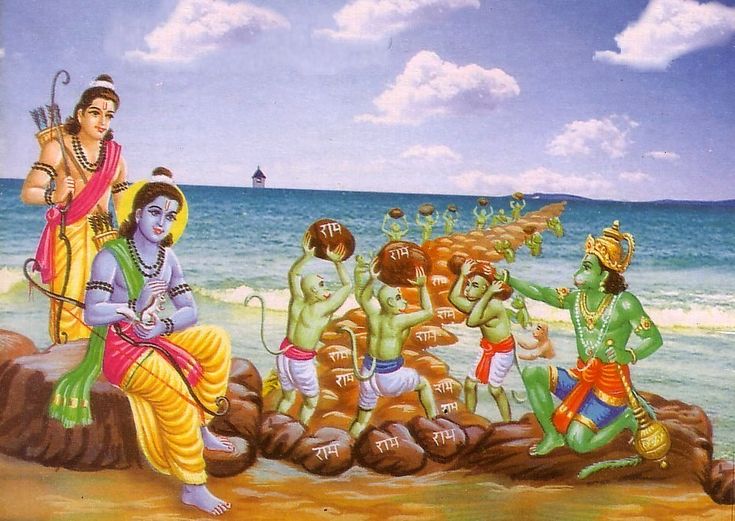
Cultural Significance
For Hindus, Ram Setu is not just a geographical feature but a sacred site imbued with divine blessings. It symbolizes faith, determination, and the triumph of good over evil. The bridge’s historical narrative is intertwined with religious beliefs, where crossing it is considered an act of devotion that could lead to moksha, or liberation from the cycle of life and death

Scientific Perspectives
Natural Formation vs. Man-Made Structure
Scientists and researchers have long debated the origins of Ram Setu. Some argue that it is a natural formation, created through geological processes such as sedimentation and erosion over thousands of years. The Indian Council of Historical Research suggests that Ram Setu was formed during the last ice age, approximately 1.7 million years ago, when sea levels were much lower conversely, carbon dating of nearby beaches indicates that the structure may have been above water until around 4,000 years ago, aligning with the timeline of the Ramayana. This has led some to believe that the bridge could indeed be a man-made structure, as described in the epic
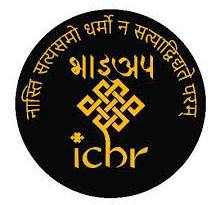
Geological Features of ram setu
The bridge consists of limestone shoals, which are sedimentary rocks formed from the accumulation of calcium carbonate. Interestingly, some of these stones are believed to be pumice, a type of volcanic rock that can float due to air bubbles trapped within.This phenomenon raises questions about the nature of the materials used for the bridge’s construction and their ability to remain buoyant.these are the important facts of ram setu on geology.
Fact of ram setu by modern bollywood
From the film Ram Setu, we learn about the journey of Dr. Aryan Kulshrestha, portrayed by Akshay Kumar, who evolves from a staunch atheist to a believer in the historical and mythological significance of Ram Setu.The film culminates in Aryan’s realization that faith and science can coexist, as he finds compelling evidence supporting the Ramayana’s narrative. Ultimately, Ram Setu presents a narrative that intertwines adventure, mythology, and a message about cultural heritage, showcasing Aryan’s transformation as he embraces his roots and the importance of preserving India’s historical legacy.

Controversies and Political Implications
The Name “Adam’s Bridge”
The term “Adam’s Bridge” is often used in British media and refers to the Islamic legend of Adam’s journey after being expelled from the Garden of Eden. According to this narrative, Adam crossed this bridge to reach India. However, this nomenclature is contested in India, where the historical and cultural significance of Ram Setu is deeply rooted in Hindu mythology. Many Indians view the use of “Adam’s Bridge” as an attempt to diminish the bridge’s importance in Hindu tradition and history.
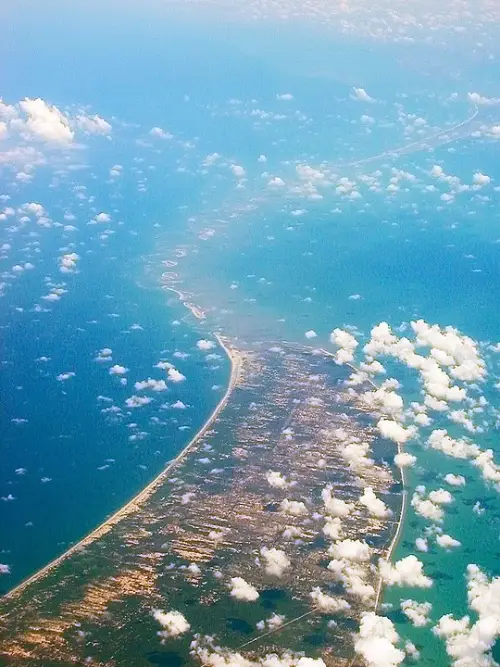
Facts about ram setu on MR.alok tripathy
a famous marine archaeologist 52 years old Mr. alok tripathy submitted a proposal to the Indian Council of Historical Research, a funding body for academic research in history, in which he offered to investigate Ram Setu and settle the matter of its genesis for good.

Hindutva groups believe that a 35-odd km stretch of limestone shoals between India and Sri Lanka, also known as Adam’s bridge, was built by the vanar sena – an army of monkeys of the Hindu deity Ram. The word setu means bridge in Sanskrit.
Though Tripathi, 52, a professor at the Department of History in Assam University, Silchar, is still awaiting written approval for his project, the council announced in March that it was being commissioned .
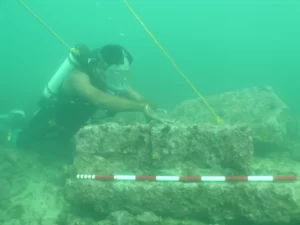
“I am 100% sure we will find archaeological remains” or evidence of human activity in the area, said Tripathi. “I would not have submitted this proposal if I was not.”(source- www.scroll.in)
Floating stone of ram setu
The Floating Stone of Ram Setu, or Adam’s Bridge, beautifully intertwines mythology and science. According to Hindu legend, the bridge was constructed by Lord Rama’s devoted monkey army, led by Shree Hanuman, who carried these stones to create the bridge to Lanka. The stones, believed to be blessed by Rama, are said to float due to divine intervention. Scientifically, these stones are porous, coral-based rocks, which makes them less dense and capable of floating. This fascinating blend of Shree Hanuman’s legendary and the scientific properties of the stones highlights a unique fusion of faith and natural science.
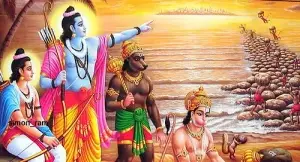
scientific explanation
Scientifically, these stones can float because of their composition. The Floating Stones are actually a type of sedimentary rock known as pumice stones/rocks.

Environmental Concerns and facts of ram setu
The potential for development projects, such as the Setusamudram Shipping Canal, has raised significant environmental concerns. Activists argue that such projects could disrupt the delicate marine ecosystem.also surroundings are hreaten its integrity as a cultural and historical monument. The Save Ram Setu campaign, launched in 2007, aims to protect the site from destruction of national heritage
Insights and Conclusions
Ram Setu stands as a unique intersection of faith, history, and science. Its origins continue to be a topic of debate, reflecting broader discussions about cultural identity and historical narrative in India.
Is there any proof that Ram built the Ram Setu?
Some evidence, including coral dating, suggests that Ram Setu was formed about 500-600 years ago. It is a natural formation and people could walk on it until the 15th century. As per records, it was above sea level until 1480. However, natural disasters later covered the bridge in the shallow sea.hence we can believe which is written in ramayana.
Key Takeaways
Cultural Significance:
Ram Setu is revered in Hinduism, symbolizing the divine intervention of Lord Rama and the values of faith and perseverance.
Scientific Debate:
The origins of Ram Setu remain contested, with arguments supporting both natural formation and human construction.
Political and Environmental Issues
The bridge’s significance has led to political debates over its preservation versus development. Balanced approach to heritage conservation needs to be taken.
In conclusion,
Ram Setu is not merely a physical bridge but a profound symbol of India’s rich culture.which is embodying the interplay between mythology, history, and modern science. Its preservation is essential not just for its historical value but also for its role in the collective consciousness of millions.
by- AVISHEK SARKAR
Leave a Reply